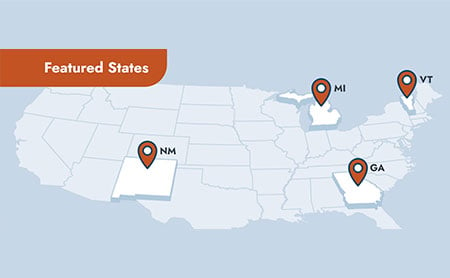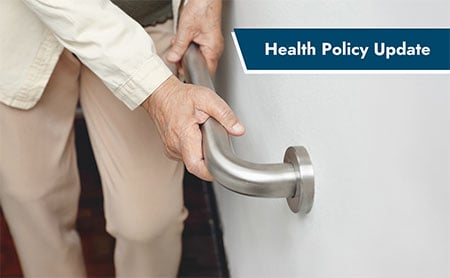Injuries, violence, and suicide share many of the same root causes and can be addressed collectively by focusing on factors that either put groups at risk or protect them. For example, social isolation, substance use, and unstable housing can put someone at higher risk for injury, suicide, and violence. Conversely, supportive relationships, access to health care, and problem-solving and coping skills can be protective. ASTHO offers technical assistance on implementing best practice programs and policies to address them. For example, the Suicide, Overdose, and Adverse Childhood Experiences Prevention Capacity Assessment Tool (SPACECAT) helps health agencies better understand their capacity to address multiple outcomes through shared upstream approaches. Additionally, ASTHO promotes the prevention of Adverse Childhood Experiences (ACEs), which are potentially stressful or traumatic incidents that harm social, cognitive, and emotional functioning and undermine the safe, stable, nurturing relationships and environments children need to thrive.
Featured

Public Health's Role in Mental Health Promotion and Suicide Prevention
This framework describes public health’s role in mental health promotion and suicide prevention and helps public health practitioners in communicating their role in mental health promotion and suicide prevention with multi-sector partners.

Introduction to the Shared Risk and Protective Factors Framework
This self-paced presentation for state and territorial health officials, senior deputies, and their leadership teams to promote and implement a comprehensive framework to achieve better health outcomes.

Suicide Prevention Offices and Committees Legal Map
This map highlights key legal provisions that formalize and strengthen suicide prevention infrastructure.

Promoting Mental Well-Being is a Vital Part of Comprehensive Suicide Prevention
This blog post explores how public health can improve mental well-being and prevent suicide.

Early Success Stories
Highlight the impact of federal funding for Comprehensive Suicide Prevention and two data-to-action initiatives across four jurisdictions.

Closing the Distance in Massachusetts
This success story celebrates heroic public health work to prevent suicide, ACEs, and overdoses by implementing upstream prevention strategies.
Latest Violence Prevention Resources






How to Prevent Firearm Injury Using a Public Health Approach, with Examples and Resources
Learn More
